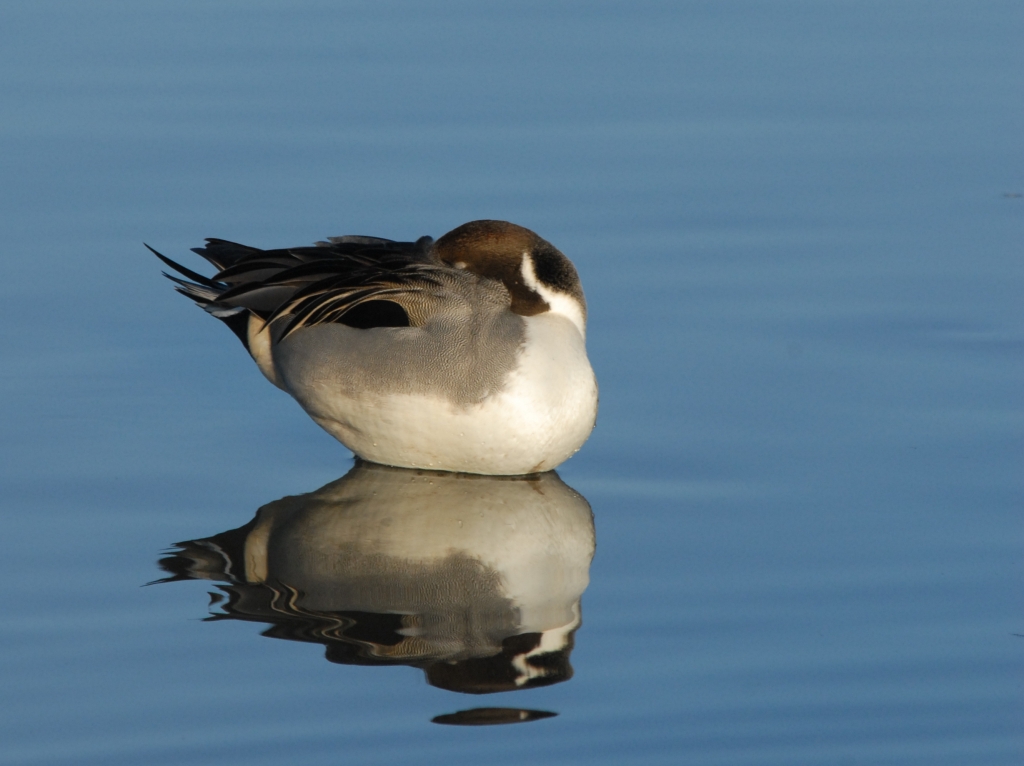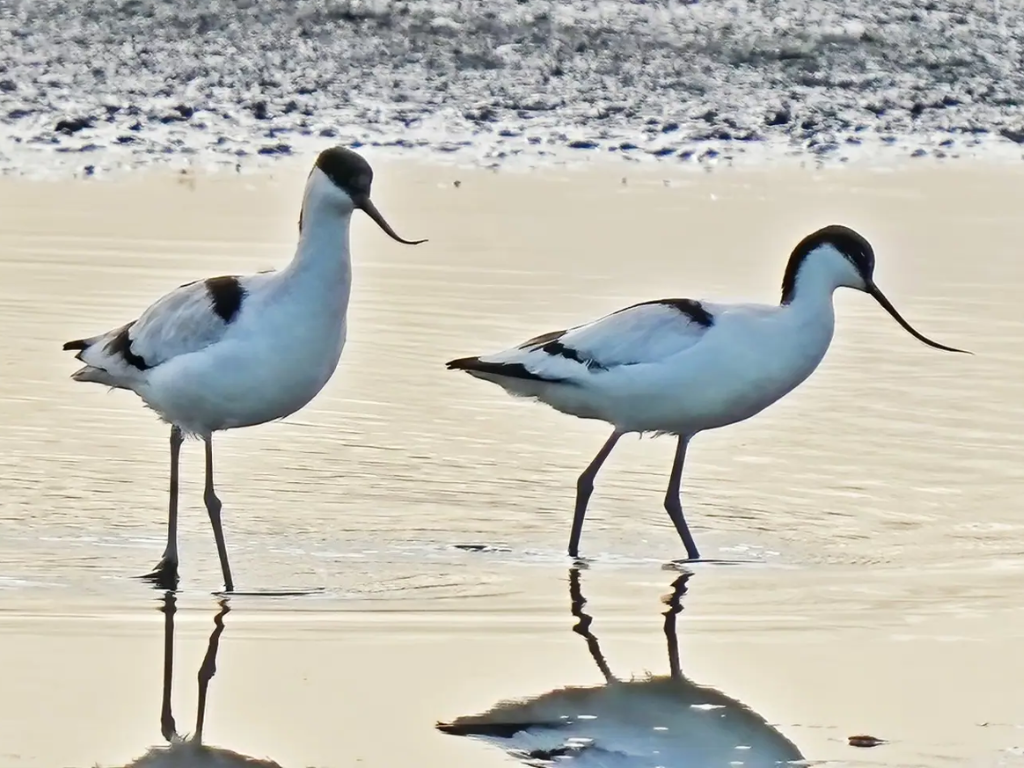Recent Sightings 12th March - 18th March
Spring unfolding on the Deep Water Lake
The Millennium Wetlands has been busy with activity this week with beautiful blue skies and warm weather settling in, setting in motion the movements of this year's Spring.
It seems the bright spells of this week have been noticed by our insects as clouds of flies have begun to form over footpaths and under forested areas.
Butterflies, so far our Brimstones and Red Admirals, have been fluttering delicately through the brush and bramble,and caterpillars are making their way albeit very slowly, through our reserve.
The bumblebee queens are out and all over the reserve looking for new homes to occupy, which can take forms of old disused rodent holes or naturally formed hollows.
With mornings getting a lot warmer, the grass snakes have been active prior to the midday sun, slithering through the brush on the centre path, although to spot them requires a keen eye and a bit of patience. They're greyish brown silhouette is hard to make out, but they have a yellow and black head which is a good identification marker.
The atmosphere on the Deep Water Lake has been building up all week and the air is thick with the calls of Black-Headed Gulls and the occasional calls of a pair of Mediterranean Gulls that occupy the stone islands on the lake.
Occasionally they lift and fly over the paths towards the grounds, so their whereabouts is unpredictable, but listening out for their calls is a great way to identify them. When they land the have a strikingly black head, much darker than the Black-Headed Gulls who seem to have a more brownish head than their name suggests. The Med Gulls have a bright red beak and bright red legs, so comparing them with a BHG is a good way to see their differences. When they're in flight, they have a bright white underside.
The Lapwings on the Deep Water Lake have begun to nest build and show signs of sitting on potential nests. There is around 25-30 birds spread out across the Southern and Eastern cockle beds where they're visible through the screens along centre path.
The birds have been hard at work making cup sized holes where they've been picking up sticks and grass and throwing them around the nest, a lovely sight to witness. A few birds are sat down extremely low to the ground which means they may be sitting on nests that they've completed, but it's hard to tell as the birds rarely get up to leave them. It's at times like these that the camouflage of the Lapwings really comes into play. The striking white and black chest, bib, and head, blends in well with lichen covered stones while the olive backs blend in perfectly with the grassy patches in between the cocklebeds.
Finally, the most exciting development this week is that the second Great Crested Grebe has arrived and the two have been bonding, displaying, and are already in the process of building their nest.
A singular GC Grebe arrived out of the blue a few weeks ago but didn't have a mate. We began to theorise if it was the same bird as last year and if, or when, it's mate would arrive.
We checked each morning to no avail, until yesterday (18th), when we opened the hides to see a pair together courting and displaying to each other.
Already the pair are nest building together. One dives down to get sticks and debri, rising to the surface and then building a steady structure in the rush bed.
It is likely that these birds are the same pair as last year and they've arrived to have another go at the breeding season, but regardless, we're keeping an eye on the developments as they unfold.
The Great Crested Grebe is well known for it's courtship displays, where they rise out of the water chest to chest, flapping their wings and rolling through a repertoire of movements with their long necks.


